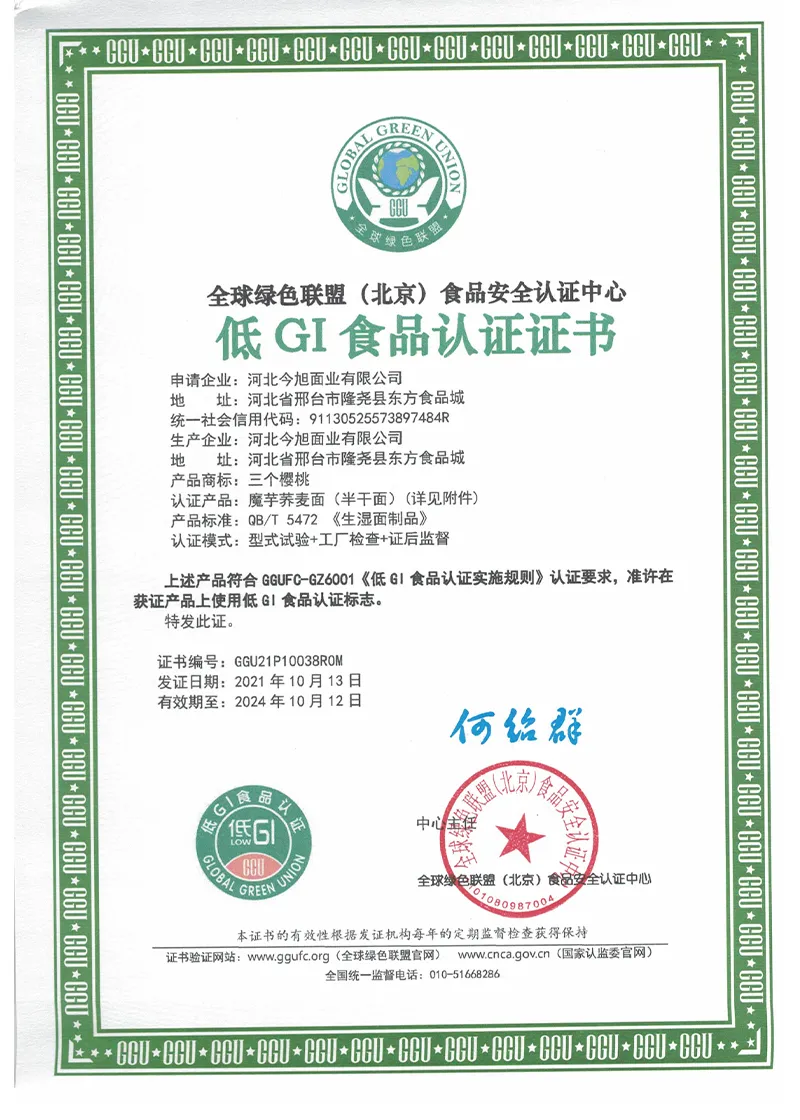gluten free buckwheat soba noodles
Discovering Gluten-Free Buckwheat Soba Noodles
In recent years, dietary preferences and restrictions have led to a significant rise in the demand for gluten-free products. One such popular option is buckwheat soba noodles. Originating from Japan, these noodles are not only delicious but also an excellent alternative for those seeking gluten-free options. Let's dive into the world of gluten-free buckwheat soba noodles and explore their benefits, cooking methods, and versatility.
What are Buckwheat Soba Noodles?
Traditional soba noodles are made from a combination of buckwheat flour and wheat flour. However, gluten-free buckwheat soba noodles are crafted solely from 100% buckwheat flour, making them an ideal choice for individuals with celiac disease or gluten intolerance. Buckwheat itself is a nutrient-rich seed, often mistaken for a grain, and is packed with health benefits.
Nutritional Benefits
One of the most appealing aspects of buckwheat soba noodles is their impressive nutritional profile. They are high in protein, containing all nine essential amino acids, which is uncommon among plant-based foods. Additionally, buckwheat is a good source of fiber, vitamins, and minerals, including magnesium, iron, and B vitamins. The high fiber content aids digestion and promotes a healthy gut, making buckwheat soba noodles a smart addition to a balanced diet.
Cooking and Preparation
Cooking gluten-free buckwheat soba noodles is a straightforward process. Typically, these noodles require boiling for about 4-6 minutes until they reach an al dente texture. It is important to rinse them under cold water after cooking to remove excess starch and prevent them from becoming gummy. This rinsing also helps to enhance their slightly nutty flavor, a characteristic that sets buckwheat apart from traditional pasta.
gluten free buckwheat soba noodles

Once prepared, the noodles can be enjoyed hot or cold, making them incredibly versatile. They can be served in a warm broth during colder months, or chilled with a dipping sauce in summer, resembling a refreshing noodle salad. The ability to absorb flavors makes them a great pairing for a wide array of ingredients.
Culinary Versatility
Gluten-free buckwheat soba noodles accommodate various culinary styles, allowing for endless creativity in the kitchen. For a traditional approach, they can be paired with vegetables and a savory sauce, such as soy sauce or sesame. For those craving a fusion dish, try incorporating them into stir-fries, curries, or salads with fresh, seasonal vegetables.
Moreover, their compatibility with different dietary practices is remarkable. Vegan and vegetarian-friendly, buckwheat soba noodles can be enhanced with added proteins such as tofu or tempeh, catering to those who seek plant-based options. Additionally, their low glycemic index makes them suitable for those managing blood sugar levels.
Conclusion
With their nutritional benefits, culinary versatility, and delicious flavor, gluten-free buckwheat soba noodles present an excellent alternative for individuals avoiding gluten. As people become more health-conscious and adaptable in their cooking styles, buckwheat soba noodles stand out as a wholesome and satisfying choice.
Whether you're a seasoned cook or a beginner, these noodles can elevate your meals and provide a delightful dining experience. Embrace the goodness of gluten-free buckwheat soba noodles and explore the multitude of dishes you can create. From traditional Japanese recipes to innovative fusion cuisine, the possibilities are endless. So give them a try and enjoy the delicious journey that awaits!
-
Unleash Your Inner Chef with Delectable Italian Pasta CreationsNewsAug.01,2025
-
Savor Health and Flavor: Irresistible Soba Noodles for Sale Await!NewsAug.01,2025
-
Nourish Your Body with Premium Organic Ramen - A Culinary Delight AwaitsNewsAug.01,2025
-
Elevate Your Dishes with Our Exquisite Kinds of Egg NoodlesNewsAug.01,2025
-
Dive into Flavorful Convenience with Our Ramen OfferingsNewsAug.01,2025
-
Discover Exquisite Types of Naengmyeon and Chilled Soba NoodlesNewsAug.01,2025
-
Is Whole Wheat Pasta Healthy?NewsMay.30,2025
Browse qua the following product new the we

















































































































